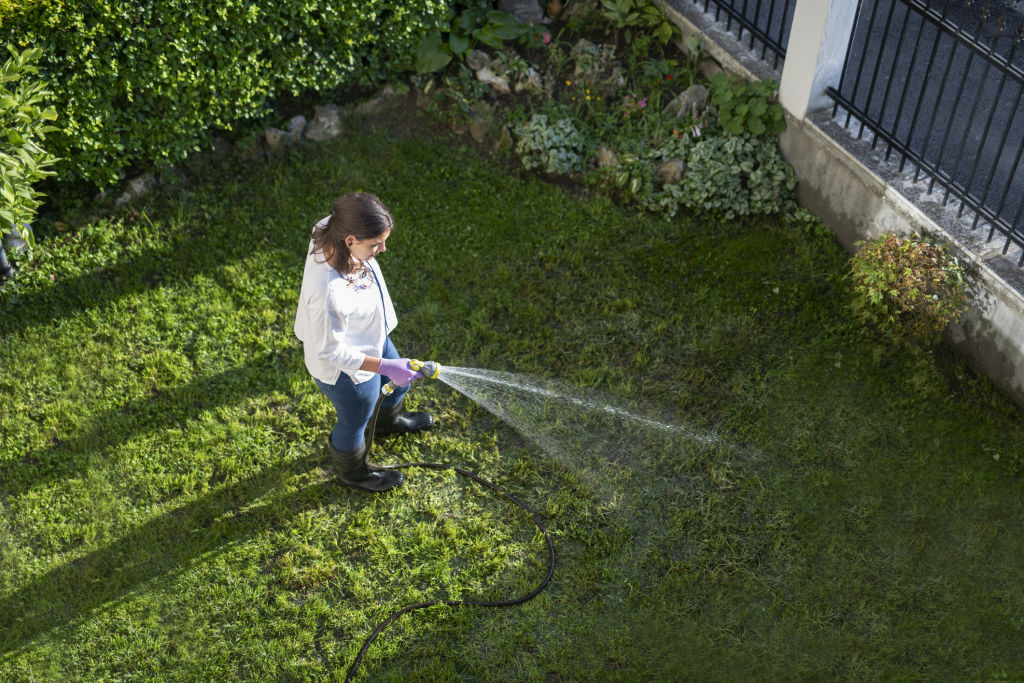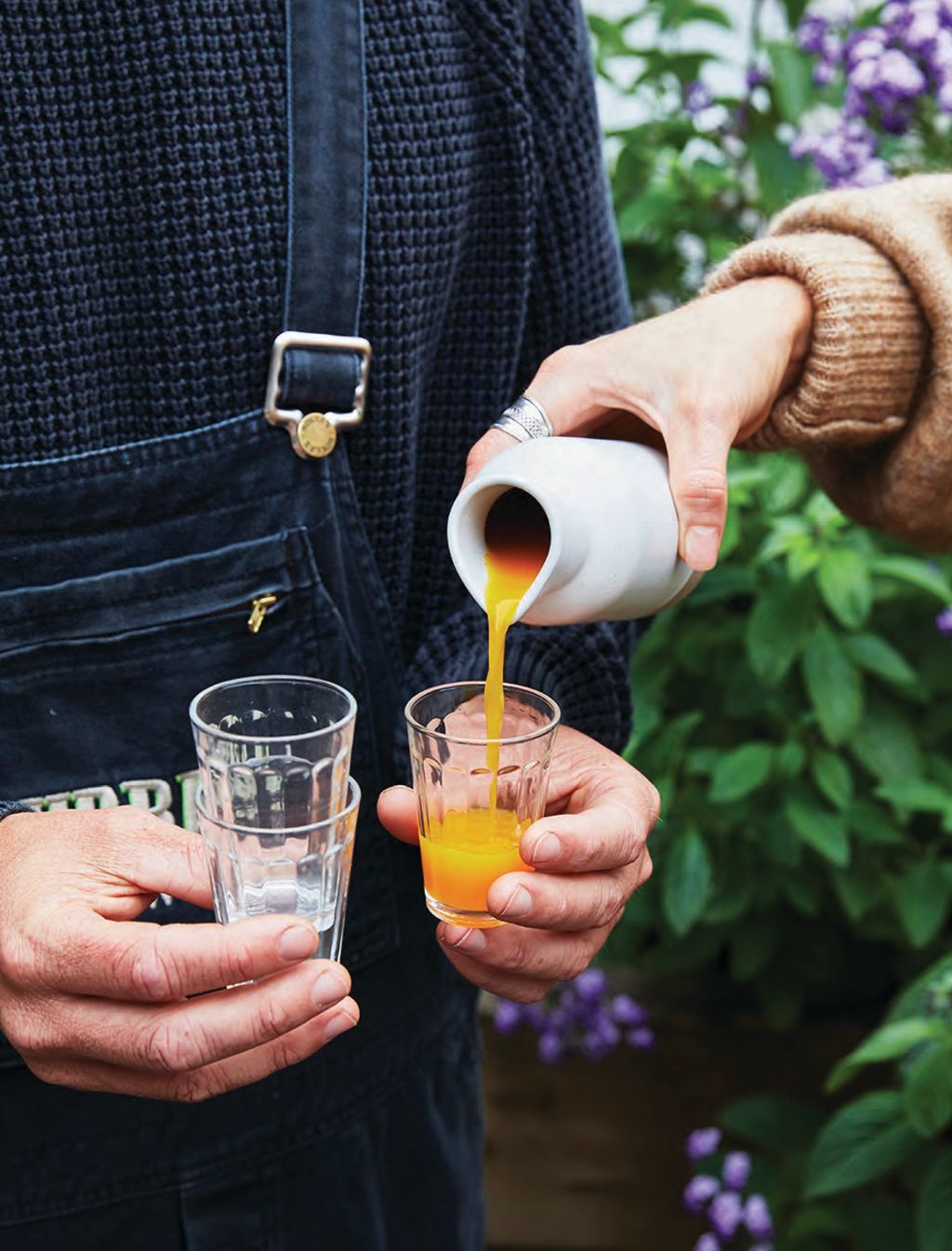6 jobs to do in the garden this winter

The days are getting shorter as we watch the deciduous plants let go of their colourful leaves onto the gradually cooling soil below. As winter arrives and the cooler air creeps its way under our doors, we wrap ourselves up and nestle down, spending more time at home.
In my house, we’re making the transition into hibernation with a welcomed return of winter woollens and slow-cooked meals. The teapot has barely had a chance to cool down between pours.
In the garden, though, we’re still very busy. Donning an extra layer or two, I’ve been out in our veggie patch planting away for the months ahead.
Hopefully, your garden is still in the sun at this time of year, as it’s nice to still be outside in the elements and growing some food.

Winter is slow growing in the garden, but there are always plenty of garden tasks to devote your time to, nonetheless.
Although the weeds aren’t rampant and the days not too hot, you could play around with the rest of the garden areas.
We’ve been doing a bit in the various gardens we take care of around the city, plus I’ve always got time for my own on the weekends.
Given the days are shorter, we really have only the weekends (and even that’s a squeeze sometimes). So, here are a few things you could do over the cooler months.
Watering

If you have irrigation in place, now’s the time to turn down the frequency. Established lawns, trees and shrubs are growing less, so they won’t need the same amount as they get in the warmer months – save some water and prevent boggy ground or fungal diseases. Check your irrigation batteries and look for any holes or leaks in the lines. Do you need a new hose? Or perhaps, would now be a good time to install irrigation?
Mulch
Towards the end of winter, it’s a good time to fertilise your garden beds and cover them with mulch to preserve moisture in the warmer months and suppress weed seeds.
Pruning
Once the leaves have all dropped off your deciduous trees, it will be easier to see if any branches need pruning to shape the tree better and promote flowering and fruiting. Cut back flowering perennials to let through more sun and light to the garden below. Do a little research before you hack – pruning is a bit of an art.
Pot plants

Move any plants in pots that were shaded from the summer sun into the winter sun for a little warmth. Some plants may still be a little sensitive, so trial them in the morning and check for leaf burn.
Indoor plants
Get your indoor plants outside for some sun, too. If you’re in a cooler climate, be careful of frost or super-low temps – we don’t want to freeze them to death. In general, winter means backing off on the watering of indoor plants. Keep an eye on their soil for moisture by driving your finger down into the soil.
Edibles
During winter, it’s a great idea to use a seaweed solution or worm juice fortnightly. If pesky caterpillars are eating your leafy greens, try a dose of Dipel in a small spray bottle. For those in warmer climates, you’ll be lucky enough to keep sowing leafy green seeds. Finally, if you want to expand your edible garden, this is the time to design and build it, so it’s ready for planting in early spring.
Turmeric shot recipe
At this time of year, we can feel a little slow, and our immune system often takes a hit. At home, we make our turmeric shot remedy to keep the sneezy germs at bay. Store the remedy in your fridge and have a shot every night before bed until the jar is empty and you’re feeling fresh.

Makes: about 4-6 shots
- 3 cloves garlic chopped finely
- 3cm knob ginger chopped finely
- ¼ teaspoon cayenne pepper
- juice of 1 lemon
- 1 teaspoon of honey
- ½ teaspoon of turmeric powder
- ½ cup of water
- apple cider vinegar
If you’re really in need:
- 2 teaspoons powdered Vitamin C, dash liquid zinc
Method:
1. Cook the garlic, ginger, cayenne pepper, lemon, honey and turmeric in ½ cup of water on a low heat. Let it simmer for 5-10 minutes.
2. Place it in the fridge to cool.
3. If you’ve got it, add some vitamin C, zinc and apple cider vinegar once it’s at room temperature. Pour about 20ml into a small glass, hold your nose and drink it back!
Tip: We’d recommend chasing it with some juice or kombucha. The flavour is very strong.
Slow Down and Grow Something: The Urban Grower’s Recipe for the Good Life, by Byron Smith with Tess Robinson, Murdoch Books. urbangrowers.com.au
We recommend
States
Capital Cities
Capital Cities - Rentals
Popular Areas
Allhomes
More










